The basketball player who led the U.S. to victory over the Soviet Union. The top-secret flight engineer who helped write NASA’s Planetary Flight Handbook. The journalist who shone a spotlight on President Nixon’s corruption during the Watergate hearings. These women may not have marble monuments marking their accomplishments, but wow: They got stuff done.
In honor of Women’s History Month this March, let’s take a minute and get to know 14 mighty women whose names ought to be more famous than they currently are.
Mary G. Ross (1908–2008)

After growing up Cherokee in Oklahoma and spending her young adulthood as a teacher, Mary G. Ross went to work during WWII as a mathematician for Lockheed Aircraft Corporation — then proceeded to become its first Native American engineer as well as its first woman engineer. As one of the founding members of Lockheed’s top-secret “Skunk Works” think tank, which eventually became the Lockheed Missiles & Space Co., Ross worked on design concepts for interplanetary space travel, manned and unmanned earth-orbiting flights, and the earliest studies of orbiting satellites for both defense and civilian purposes.
“We were taking the theoretical and making it real.”
Mary G. Ross
Mary McGrory (1918–2004)

Washington D.C. journalist Mary McGrory embodied a journalist’s potential to shape public opinion by offering bold perspectives on the day’s news. McGrory covered political happenings in the nation’s capital for five decades, from the McCarthy hearings in the 1950s through the invasion of Iraq in 2003. The highlight of her career came in the 1970s, when her Pulitzer Prize-winning commentary on the Watergate scandal helped push President Richard Nixon — who had put her on his personal enemies list — to resign in disgrace.
Regina Jonas (1902–1944)
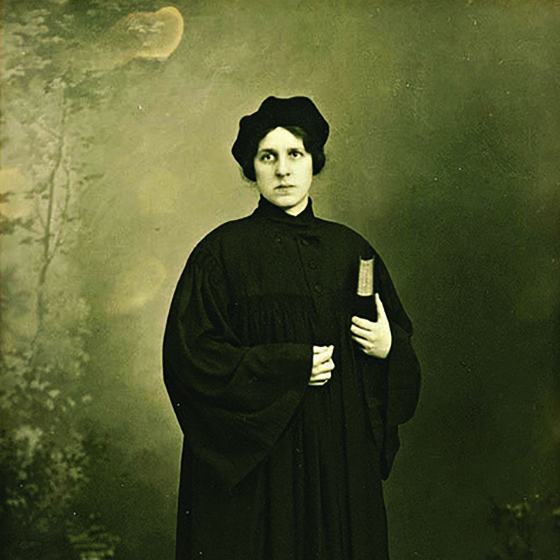
Until the 1990s, the story of Rabbi Regina Jonas had been lost to history. Then, a researcher in East Berlin found an envelope containing the surprising truth: In 1935, decades before the woman believed to be the first female rabbi, Jonas had been ordained. There was no precedent or protocol for female rabbis, and Jonas struggled to find acceptance and a synagogue of her own. But even after being deported to the Theresienstadt ghetto in the Czech Republic, Jonas continued to serve as a rabbi, easing the emotional and spiritual suffering of the Jews held there. Rabbi Jonas was killed in Auschwitz.
Carleen Hutchins (1911–2009)
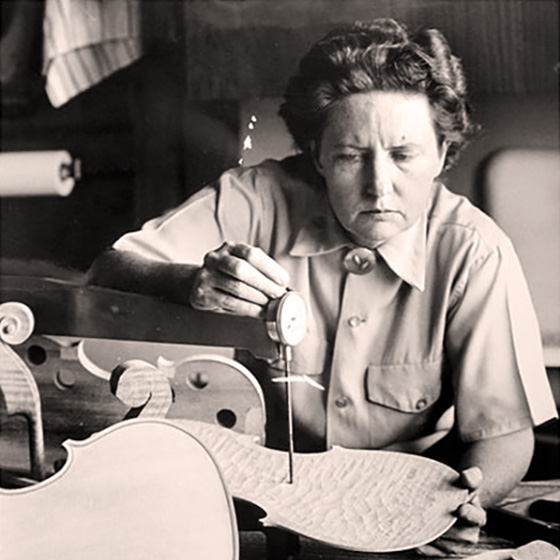
When high school science teacher Carleen Hutchins joined a faculty chamber music group, her trumpet proved too loud, so she took up the viola instead. Quickly becoming frustrated with her $75 instrument’s limitations, Hutchins decided to build a better one. Before long, she was a sought-after violin maker and acoustic innovator; she developed a whole new family of violins that, according to the New York Times, “creates an even, densely interwoven tissue of sound, almost like choral music without the words.”
View Carleen Hutchins’s obituary
Jane Bolin (1908–2007)

Judge Jane Bolin began making history early in life. By the time she became the first African-American woman to serve as a judge in the United States, in 1939, she was already the first African-American woman to have earned a law degree from Yale. She served with great distinction for 40 years in New York’s Domestic Relations Court. According to Julie Wolf in an article for The Root, Bolin’s commitment to fairness and equality in areas ranging from child services to housing “consistently chipped away at the institutional racism that plagued New York City.”
Nera White (1935–2016)
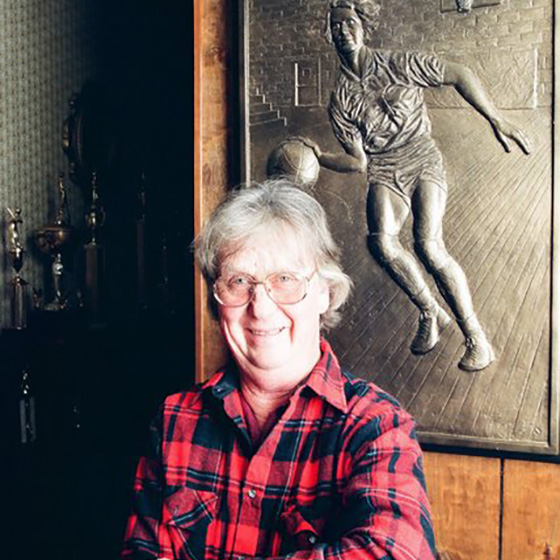
Nera White has been called the best woman basketball player of all time. Arguably, though, the 15-years-running AAU All-American superstar, who led the 1957 U.S. national team to world-champion victory over the Soviet Union, deserves to be remembered as one of the best basketball players of all time — period. She may have been shy, but the Tennessee-born White knew she got game:
“You know that move Jordan made on the Lakers, switching the ball from one hand to the other? I was doing that in the ’50s.”
Chien-Shiung Wu (1912–1997)

Chien-Shiung Wu was a nuclear scientist who conducted key experiments in 20th-century physics — first while working on the Manhattan Project that produced the first atomic weapons, then as a researcher at Columbia University. When her colleagues Tsung-Dao Lee and Chen-Ning Yang came up with a hypothesis that upended some conventional thinking about the fundamental interactions of nature, Wu conducted the groundbreaking 1956 experiment — known as the “Wu experiment” — that proved their theory correct and led to the two men being awarded the 1957 Nobel Prize in Physics. Wu was not included in the prize.
Learn more about Chien-Shiung Wu
Junko Tabei (1939–2016)
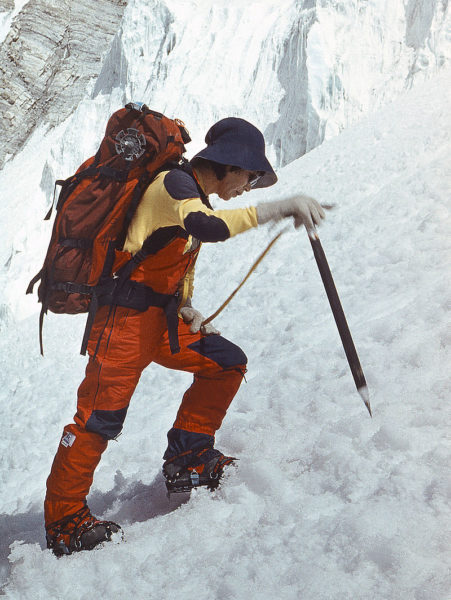
Junko Tabei was just 4-foot-9-inches tall, but she has been hailed as a “giant” of mountaineering. In 1975 Tabei overcame an avalanche — and the criticism of those who said she should stay home and raise her children — to become the first woman to summit Mount Everest. She went on to become the first woman to climb all Seven Summits, the highest peaks on each continent.
Jeanne Holm (1921–2010)
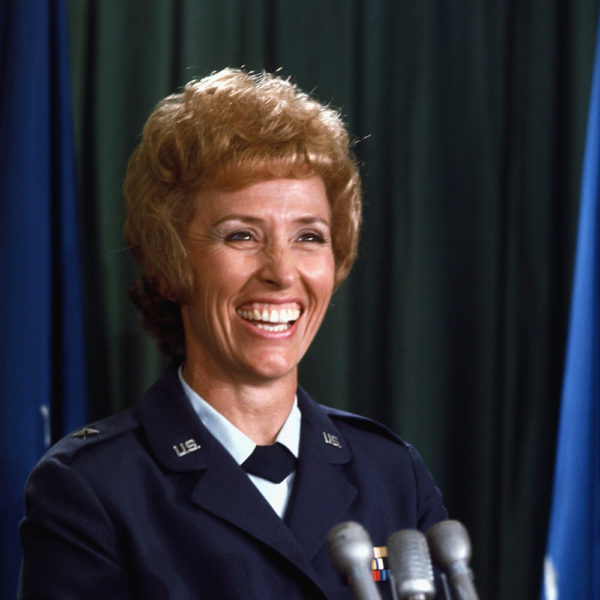
Major General Jeanne Holm was the first female general in the United States Air Force — and the first female two-star general in any branch of the U.S. Armed Forces. A vocal critic of discriminatory practices, Holm succeeded in convincing the Air Force to allow women to participate in ROTC (the first service branch to do so), to open almost all its jobs to women, and abolish caps on how high a woman could rise in the ranks.
Norma Merrick Sklarek (1926–2012)
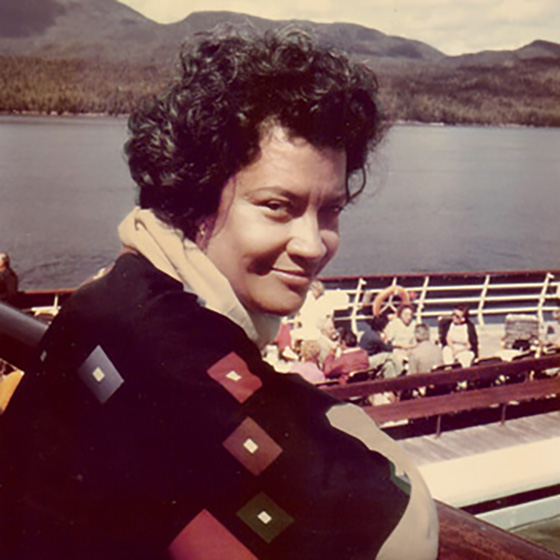
Norma Merrick Sklarek was the first black woman to become a licensed architect in the U.S. Though rarely acknowledged for her work on major architectural projects, Sklarek was an important collaborator on many buildings including Terminal One at LAX, the Mall of America, and the U.S. Embassy in Tokyo — the only one, according to Wikipedia, that officially recognizes her role.
Learn more about Norma Merrick Sklarek
Velma Bronn Johnston aka Wild Horse Annie (1912–1977)

In the 1950s, Velma Bronn Johnston launched a campaign to end the slaughter of wild horses on public lands. Johnston, who became known as “Wild Horse Annie,” was instrumental in changing the federal Bureau of Land Management’s then-inhumane practices in rounding up and capturing wild mustangs and burros. Later, she championed legislation to protect free-roaming horses on public lands from capture, branding, harassment or death. Though Johnston was successful at the time, the wild horses’ fate remains in question today, and a new generation has taken up her crusade to save the American mustangs.
Learn more about Wild Horse Annie
Patricia McCormick (1929–2013)
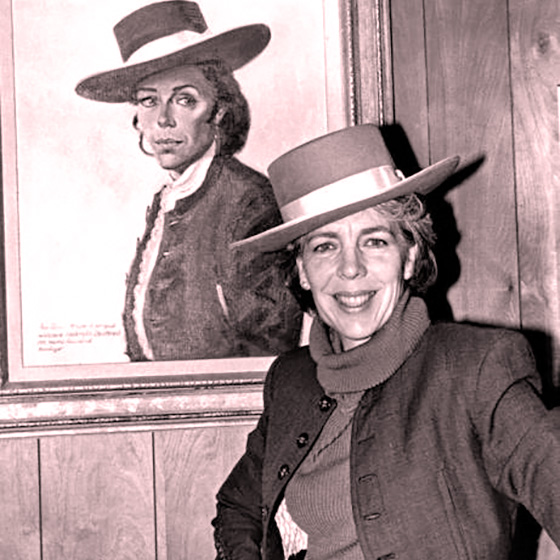
From a woman who saved the lives of wild horses to one who speared stampeding bulls for a living: Patricia McCormick is believed to have been the first woman bullfighter in North America. In a decade-plus in the ring, she was gored six times — “once so brutally that a priest administered last rites over her mangled body,” according to her Los Angeles Times obituary. When she finally retired in the early 1960s, she complained that the bulls had become too small.
View Patricia McCormick’s obituary
Pauli Murray (1910–1985)

You may not have heard of attorney and author Pauli Murray, but her accomplishments in both African-American civil rights and women’s rights aren’t just historic, they’re wide-ranging. She was an Episcopal priest — the first black woman to be ordained in the church. She wrote a book in 1950, “States’ Laws on Race and Color,” that U.S. Supreme Court Justice Thurgood Marshall called the “bible” of the civil rights movement. She was one of the founders of the National Organization for Women. And her pioneering study of gender discrimination inspired Ruth Bader Ginsburg’s successful 1971 argument before the Supreme Court in favor of women’s equal legal rights.
Betty Tebbs (1918–2017)

At age 14, Betty Tebbs was working at a paper mill when she discovered that a boy was being paid two shillings more per week for doing the same job. Thus began a lifelong career campaigning for women’s rights. Her involvement in the peace movement began in a similarly personal way: with the death of her first husband during the Second World War. A tireless campaigner for the remainder of her life — her first protest arrest came at age 89 — Tebbs has been described as “a radical hero who worked tirelessly and with great humility to campaign for equal rights, workers’ rights and peace her whole life.”